Given our profession is one that operates in a system that, quite literally, is defined by decisions, scientific research about decision making can have profound implications on the practice and the study of law.
Scientific understanding of cognitive biases and heuristics — mental shortcuts we unconsciously and systematically employ for efficient information processing and decision making — has grown immensely in the last several decades due to the burgeoning fields of behavioural economics and cognitive science. There are now hundreds of different forms or manifestations of biases and heuristics recognized in science.
While the intersection between the study of cognitive biases and the study of law is a vast and growing field of academic study, the purpose of this three-part series is more modest. I provide a brief summary of five cognitive biases, some well known and some perhaps less well known, and illustrate how these biases can subtly impact the day-to-day decisions encountered by those in the legal field.
Part one of this three-part series discusses the concept known as anchoring.
Anchoring
Anchoring is one of the most well known cognitive heuristics and likely the one that lawyers most often exploit.
It refers to the phenomenon where people assess subsequent numerical information based on an initial value or starting point (i.e., an anchor). The ultimate decision or end-point ends up being biased heavily towards the initial value. In other words, the initial value presented has disproportionate influence on the ultimate result.
The classic experiment is one where participants were given a random number between zero and 100 and asked whether that number was higher or lower than what they believed was the percentage of African countries in the United Nations. Participants that received 10 as the starting point had a median estimate of 25 per cent whereas participants that received 65 as the starting point had a median estimate of four per cent.
Anchoring can be effectively utilized by lawyers in their roles as negotiators. An effective negotiator, whether negotiating a settlement or a deal, will be cognizant about the power of the initial offer and seek to exploit it. Those responding to an initial offer should be wary about anchoring counteroffers to the initial offer.
Anchoring can also affect judicial decision making. It may influence, for example, the length of a sentence imposed on the convicted, or the quantum damages in a tort case. This places a great deal of influence counsel may have in presenting numbers to a court.
Newer research on anchoring has also shown that presenting a precise initial offer serves as a more potent anchor than non-precise first offers. That is, an initial offer like $99,750 or $100,110 will likely result in a final number closer to that initial offer than a more general offer of $100,000.
The theory is that one can not only create an anchor to the value in subsequent bargaining, but also of the scale of bargaining. Adjustments to the initial value will be made with a finer resolution (i.e., counteroffers adjusting in the tens or hundreds, rather than in the 100,000s).
Studies show that those responding to precise first offers also assume that the preciseness of the offer is indicative of the counterparty having more knowledge and being more informed of the true value of the good, resulting in smaller adjustments from the initial offer.
This is part one of a three-part series. Part two: Power of framing, illusory truths in everyday legal practice.
David W. L. Wu is an associate at Arvay Finlay LLP where he practises civil litigation with a focus on public law litigation. Prior to his legal career he worked at the Brain and Attention Research Lab at University of British Columbia where he published scientific papers on cognition and behaviour. For further information, including citations of the original studies and papers this series is based on, please contact David at dwu@arvayfinlay.ca.
Interested in writing for us? To learn more about how you can add your voice to The Lawyer’s Daily, contact Analysis Editor Peter Carter at peter.carter@lexisnexis.ca or call 647-776-6740.
This article is presented by LexisNexis on behalf of the author. The opinions may not represent the opinions of LexisNexis. This document is for educational purposes only.
« Back to Small Law e-Brief Page


